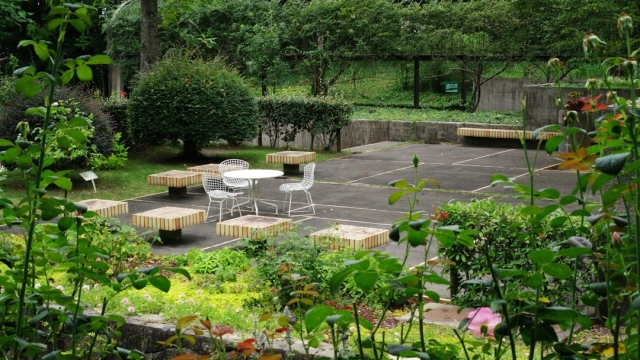Creating an inviting outdoor space can significantly enhance your home’s appeal and usability. Two popular structures that can transform your backyard are pergolas and gazebos. Both offer unique benefits and aesthetics, making them ideal for different purposes. This article will explore the differences between pergolas and gazebos, provide a step-by-step guide for setting up a pergola, and share design ideas to inspire your outdoor space. We’ll also touch on maintenance tips to keep your structures looking great for years to come.
Understanding the Differences Between Pergolas and Gazebos
Pergolas and gazebos are often confused due to their similarities, but they serve different functions and have distinct features. A pergola typically consists of vertical posts or pillars that support crossbeams and an open lattice roof. This structure provides partial shade and is ideal for outdoor dining areas, walkways, or garden features. Pergolas are versatile and can be adorned with climbing plants, curtains, or outdoor lighting to enhance their ambiance.
In contrast, a gazebo is a freestanding structure with a solid roof, often featuring open sides. Gazebos offer more protection from the elements and can serve as an outdoor gathering space or a focal point in a garden. The enclosed design means they can provide shelter from sun and rain, making them perfect for hosting events or enjoying quiet moments outdoors. Understanding these differences will help you decide which structure best suits your needs.
Step-by-Step Guide to Setting Up a Pergola
Setting up a pergola can be a rewarding DIY project that enhances your outdoor area. Follow these steps for a successful installation:
1. Gather Your Tools and Materials
Before you start, ensure you have the following tools and materials:
- Measuring tape
- Level
- Post hole digger
- Drill
- Saw
- Wood screws
- Concrete mix (if necessary)
- Wood for the pergola frame (choose rot-resistant wood like cedar or redwood)
2. Choose a Location
Select a flat area in your yard that receives adequate sunlight. Consider proximity to your home or existing outdoor furniture for convenience.
3. Measure and Mark
Determine the dimensions of your pergola based on your desired size. Mark the corners of the pergola with stakes and string to visualize the layout.
4. Dig Post Holes
Using the post hole digger, create holes for the support posts. The depth will depend on the height of your pergola but should generally be at least one-third of the post height.
5. Set the Posts
Place the posts into the holes, ensuring they are level. Fill the holes with concrete mix for stability, allowing it to cure according to the manufacturer’s instructions.
6. Attach the Beams
Once the posts are secure, attach the crossbeams to the top of the posts using wood screws. This forms the structure’s roof support.
7. Add Lattice or Roof Panels
Depending on your design preference, you can either leave the roof open or add lattice or solid panels for additional shade.
Design Ideas and Inspirations for Pergolas and Gazebos
When considering pergola and gazebo setups, explore various design ideas to fit your style. For pergolas, think about integrating climbing plants like wisteria or grapevines for a natural feel. You might also add outdoor curtains or string lights to create a cozy atmosphere.
For gazebos, consider using decorative railings or built-in seating to enhance usability. Choose a color scheme that complements your home’s exterior, and think about adding a fire pit or outdoor furniture to make it a gathering spot.
Maintenance Tips for Longevity
To ensure your pergola or gazebo remains in excellent condition, regular maintenance is key. Here are some essential tips:
- Inspect for any signs of wood rot or insect damage annually.
- Clean the surfaces regularly to remove dirt and debris.
- Repaint or restain your structure every few years to protect it from the elements.
- Trim any surrounding foliage that may grow too close to the structure.
By understanding the differences between pergolas and gazebos, following the setup guide for pergolas, and applying design inspirations, you can create an outdoor space that is not only functional but also a beautiful extension of your home. Proper maintenance will ensure that your pergola and gazebo setups last for many years, providing enjoyment and enhancing your property value.
For more information and resources related to outdoor structures, consider visiting Groupe Powerstone, where you can find additional insights and ideas for your outdoor projects.

